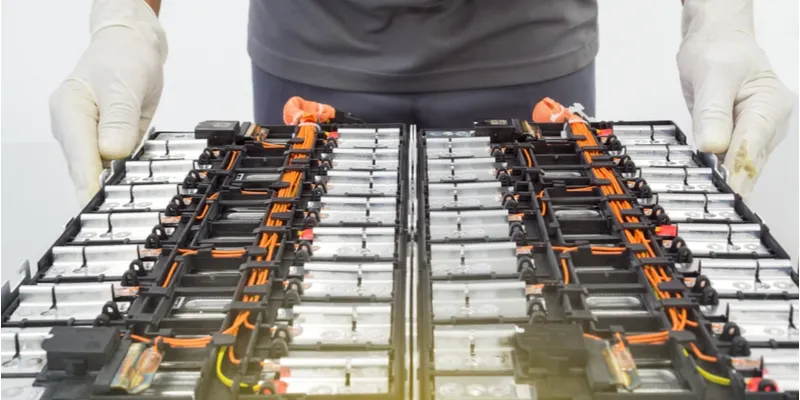How can India reskill its workforce for the EV industry?
With the demand for EVs set to reach 102 million units between 2021 and 2030, the next generation of India’s workforce will have to be skilled in the sector, writes SuryaNarayanan PaneerSelvam, Co-founder, Skill-Lync.
India’s journey towards electric mobility has been riveting. While we have been hearing the EV hum for a few years now, the ecosystem in India has been marked by certain challenges. Original Equipment Manufacturers (OEMs) and automakers have grappled with issues such as battery life and charging infrastructure. While we have made giant strides in addressing these problems, a major issue that needs attention is the lack of a skilled workforce that can design, develop, and test EVs built on new-age, sophisticated systems.
As per the UN climate conference COP26, held in Glasgow, the agreed timeline for a transition towards 100 percent zero-emission cars and vans is 2040. Additionally, Prime Minister Narendra Modi has made a commendable pledge for India to become net-zero by 2070.
As the world rapidly moves towards electric mobility, the opportunity for India is immense. We have a historical legacy of being a net exporter of skilled and semi-skilled talent, and we can play a key role in bridging the supply gap that continues to persist globally.
Riding the revolution
The automobile sector contributes 7.1 percent to India’s GDP, and is now on the brink of a major EV revolution. With the demand for EVs set to reach 102 million units between 2021 and 2030, the next generation of India’s workforce will have to be skilled in the sector while the existing workforce will have to upskill themselves to remain relevant and competitive in the future.
To ride the EV revolution and not turn it into a missed opportunity, we need platforms to help students and existing professionals gain skills that can directly translate into more EV manufacturing opportunities for the country and ensure steady job opportunities. Credible platforms that are created on the back of academia and the industry will ensure that the students garner the right skill set to work on next-generation, disruptive automotive technologies.

The automobile sector contributes 7.1 percent to India’s GDP, and is now on the brink of a major EV revolution.
Technological integrations are imperative for this, wherein EV specialisations such as Computational Fluid Dynamics (CFD), Finite Element Analysis (FEA), Computational Design and Multibody Dynamics are augmented through key tools such as MATLAB, Simulink, ANSYS and so on.
Additionally, for the next generation workforce to drive the future of the automotive industry, we need mechanisms that can combine comprehensive coursework with a more practical, hands-on learning experience that can equip the workforce with deep insights and practical knowledge of what goes into building an electric vehicle.
Platforms and Policy
Even as India continues to sustain its legacy challenges and a rigid university education system that doesn’t enable rapid change in the curriculum to address the demand of employers, edtech platforms can provide sustained standards in quality while upskilling a large section of the population.
Policy interventions by the government that can facilitate better synergies between traditional universities and new age edtech platforms focused on ensuring deep expertise will also go a long way in bridging the skill gap.
It is essential to note that in addition to empowering the next generation with the right skills, OEMs must look at credible partners that can upskill their current workforce and ensure a quick turnaround through six to eight-month programmes curated to drive more focused outcomes in comparison to traditional educational institutions.
India is on the cusp of an EV revolution, and has a huge demographic advantage that can position it as a front runner in e-mobility. What we need is an impetus to the clarion call by the government to build a skilled economy. The skilling requirements for a relevant and future-ready EV landscape make it imperative for us to make quick and sizable revisions to the status quo.
Edited by Anju Narayanan
(Disclaimer: The views and opinions expressed in this article are those of the author and do not necessarily reflect the views of YourStory.)








